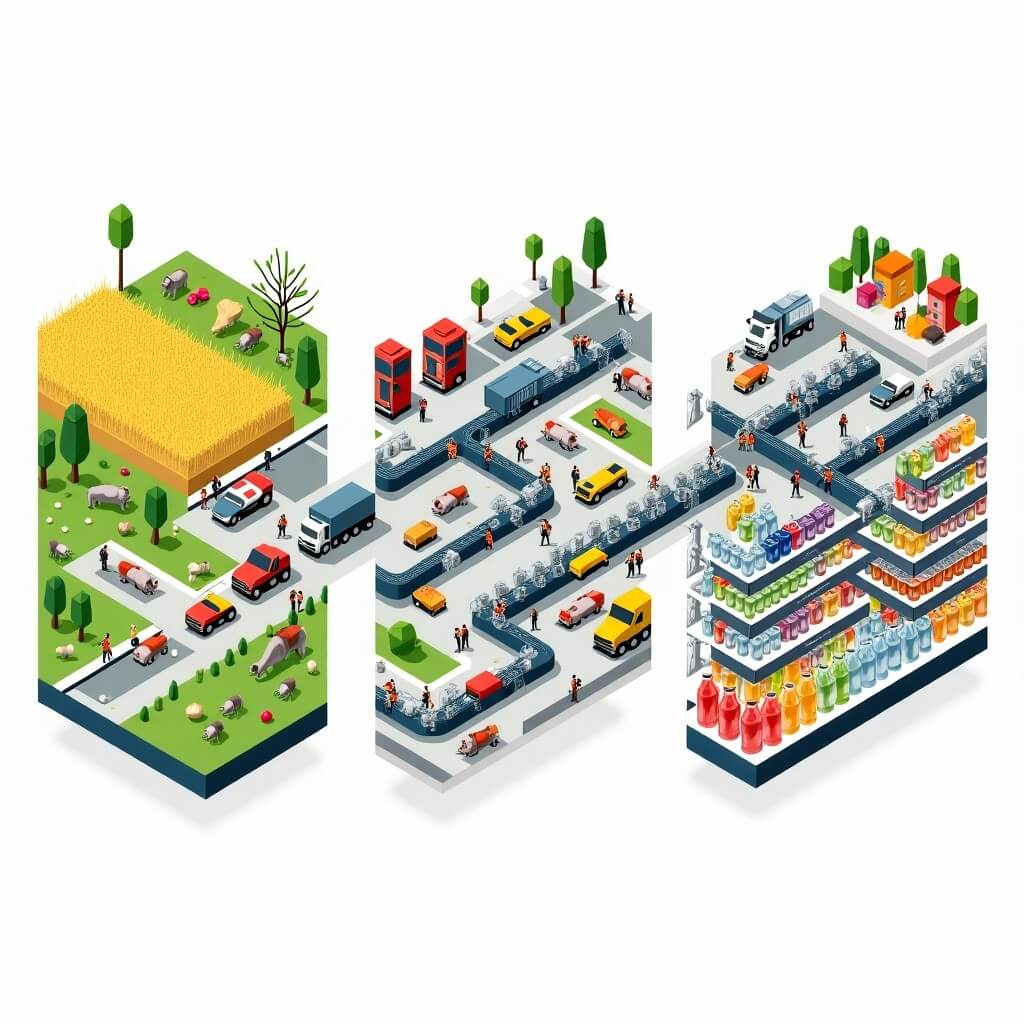Machinery & Equipment Sector Risk Report
This report highlights key risks impacting the machinery and equipment sector, focusing on supply chain disruptions, input cost volatility, labor shortages, and evolving regulatory challenges.
Strengths & Weaknesses
High Entry Barriers
The industry demands large investments in technology and infrastructure, making entry difficult for new players.
Growth in Automation
Rising demand for robotics and process automation offers strong growth opportunities.
Wide Market Reach
The sector serves a broad range of industries and customers across multiple regions.
Cyclical Nature
Business is highly sensitive to economic cycles, with demand dropping during downturns.
Supply Chain Risks
A complex and fragmented supply chain makes the sector vulnerable to disruptions.
Capital Intensive
Significant funding and R&D are needed to stay competitive and drive innovation.
Commodity Price Sensitivity
Fluctuations in metal prices like steel, aluminum, and copper impact production costs.
Sector Overview

What to watch ?
The global machinery and equipment industry remains vulnerable to various economic and geopolitical factors. Below are the key risks that could affect demand, production, and supply chains:
- Prolonged economic slowdown may weaken overall demand in the sector.
- Fluctuations in industrial output and business confidence may impact orders and investment plans.
- Continued COVID-19 restrictions in China could further disrupt global supply chains.
- Unstable pricing of key metals like steel and copper poses a cost challenge for manufacturers.

Market Outlook and Growth Potential
The machinery and equipment sector has shown resilience post-pandemic but now faces short-term challenges due to economic uncertainty and high costs. Despite this, long-term growth opportunities remain, especially in tech-driven areas.
- Revenues dropped ~6% in 2020 due to the pandemic but rebounded strongly with a 22% increase in 2021.
- The global market is valued at USD 280 billion, with APAC (34%) and North America (30%) as major contributors.
- A possible global recession, along with economic slowdowns in China and the U.S., is impacting new orders and margins.
Subsectors in the Machinery & Equipment Industry
The machinery and equipment industry encompasses several key sub-sectors, including construction machinery, heavy-duty trucks, agricultural and farm machinery, industrial machinery, mining equipment, and robotics. Each of these areas plays a vital role in driving innovation and efficiency across various industries.
